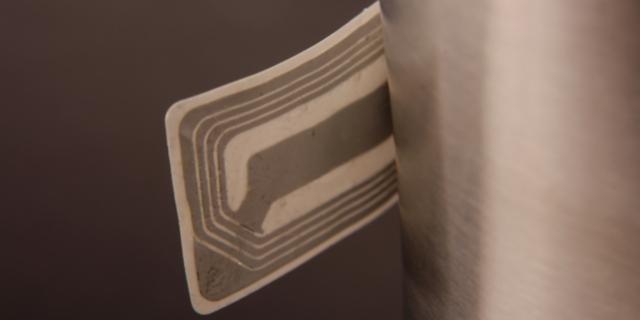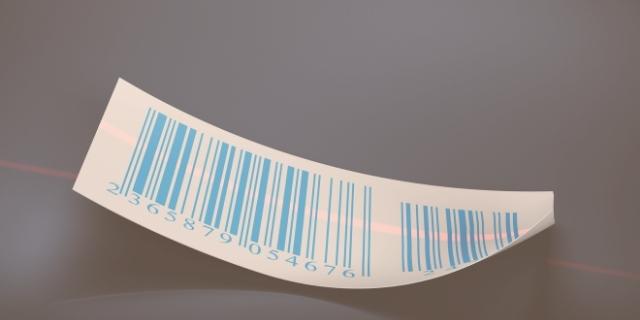RFID and barcodes solve similar tasks: read and collect data.
Although RFID and barcodes are commonly used for asset and inventory tracking, RFID can also be used to prevent theft or create positive branding experience.
What really makes RFID and barcode different?


1. Line of sight
Does not require a physical line of sight or contact between the reader/writer and the tagged item. The item can be stationary or in motion during the ID process.
Readers require a direct line of sight to the printed barcode.
2. Range
Reader can pull information from a tag at distance up to 100 feet, with the right frequency.
Typically, no more than fifteen feet for barcodes.
3. Reading speed
Typically, less than 100 milliseconds. Large numbers of tags can be read at once (ex. forty or more tags per second).
Barcode readers usually take a half-second or more to successfully complete a read (due to the direct line of sight requirement).
4. Ruggedness and reusability
RFID tags can be implanted anywhere on or within the product itself or be protected (i.e. polyester film label) guaranteeing greater ruggedness and reusability.
Limited. Due to the direct line of sight requirement, the barcode must be exposed on the outside of the product, where it is subject to greater wear and tear.
5. Read/write capability
The RFID reader can communicate with the tag and alter as much of the information as the tag design will allow.
No read/write capability. Cannot add to the information written on a printed barcode.
Strengthen your business with the power of RFID
RFID is gaining traction in many segments including retail, cosmetic & beauty, food production, distribution, automobile manufacturing and aviation.
Learn more on how RFID tags and labels can create unique ID.
RFID label convertor with a full encoding service located in North America (Canada)
Labelink combines its label and inlay expertise to provide customers with supply chain, asset tracking, and security RFID labels and tags. Using standard and specialty label materials, our solutions are developed to perform in highly specialized applications. We also help brands enable unique user experience with NFC technology.
Did you know?
Labelink has its own programming lab and offers variable data print and serialization on RFID tags and labels.



